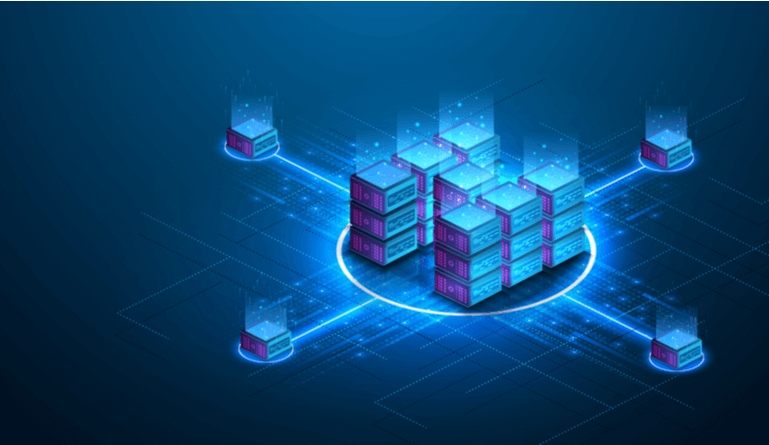
It is necessary that you use the right tools in DevOps environments, in order to enjoy swifter application delivery. There is no one single cloud infrastructure providers that can meet all your needs, including monitoring, code deployments, automated builds, configuration management, and server provisioning.
There are several factors which determine how a tool will be used in cloud infrastructure. In this article, we will examine the top cloud infrastructure automation tools that you can use in an ideal environment using DevOps concept.
There are several tools which can be used for infrastructure automation. The best tool to employ will be determined by the needs and architecture of your infrastructure. Below, we have discussed 15 useful tools which fall under different categories including monitoring, continuous integration, orchestration, and configuration management.
This is a cloud-based infrastructure provisioning tool built by Hashicorp and written in Go. Terrafoam is very easy to understand that you can actually get started in days.
Features
This is an agent-less configuration management and orchestration tool. The configuration modules in Ansible are known as “playbooks” and they are written in YAML format.
Features
This is a ruby based configuration management tool. It has cookbooks concept in which the user can code their infrastructure in domain-specific language (DSL) and with minimum programming. It is a highly customizable tool that provides the historical data needed in the project management processes.
Features
This is another ruby based configuration management tool, just like Chef. Its configuration code is written with Puppet DSL’s and packaged in modules. Unlike chef cookbooks which are more centered on the developer, Puppet is created by keeping the system administrators in mind.
Features
(Also Read: A Complete Guide on Infrastructure as Code)
This is a java-based continuous integration tool used for swifter application delivery. It is very compatible with version control platforms such as SVN and GitHub.
Features
This is an excellent tool that configures virtual machines for a development infrastructure. It is one of the trending automation tools for cloud infrastructure.
Features
Packer is the perfect solution for those who seek to follow an immutable infrastructure pattern through the use of Virtual machines. This tool becomes very useful as it packages all dependencies and create deployable VM images.
Features
This cloud infrastructure automation tool runs on the concept of process-level virtualization. Docker helps in creating isolated structures for applications, known as containers. Docker is regarded as the new stage in virtualization.
Features
This is an open source widely-available key-value store. Its major purpose is for service discovery. If there’s a use case you have to keep and retrieve configurations in real-time, then consul is the ideal option for you. It is also used for saving and storing the real-time configurations.
Features
This is an open source key-value store developed by the CoreOS team. It is one of the major cloud tools for infrastructure automation used to store the condition of cluster management and operations in Kubernetes.
Features
This is another open source tool that is used to store and retrieve secret data. It offers numerous functionalities for storing your secret key in an encrypted pattern.
Features
This is an open source tracking system from one of the most trusted cloud infrastructure providers.
Features
This is a cloud-based software as a service (SaaS) platform for application monitoring. It has two subtypes namely New Relic Server and New Relic APM used for server monitoring and application monitoring respectively.
Features
This is an open-source monitoring software written in Ruby. Sensu as a monitoring framework has been specifically created for cloud infrastructures.
Features
This is another cloud-scale software as a service server and application monitoring platform. It provides the monitoring of services, tools, databases, and servers via a SaaS-based data analytics system.
Features
Infrastructure automation is a necessary task for all DevOps team. The selection and usage of a tool will be determined by factors such as functionality, skillset, cost and so on. You should understand that a single tool will certainly not meet all your needs. The process of selecting a toolset should be influenced by the team or organization’s requirements instead of the functionality of the tool. So, the burning question now is this: which cloud infrastructure providers do you want to use for your infrastructure automation?